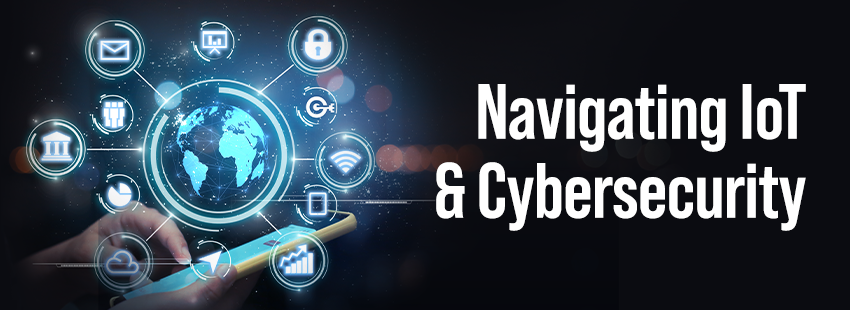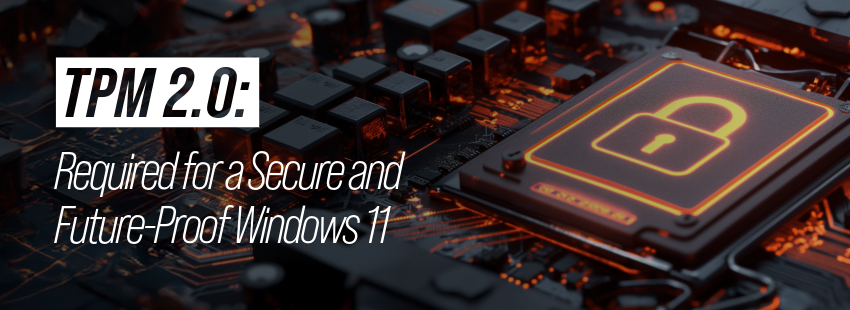In an age of interconnected devices, the Internet of Things (IoT) has emerged as a paradigm-shifting force, reshaping the fabric of our daily lives. However, with this unprecedented level of connectivity comes a labyrinth of cybersecurity challenges, transforming IoT from a revolutionary concept into a potential entry point for cyber threats. Yet, with a vigilant approach and robust security measures, IoT can be harnessed as a gateway to heightened cybersecurity rather than a vulnerability.
The sheer magnitude of IoT devices connected to the internet is a primary concern in the cybersecurity landscape. According to a report from Statista, the number of IoT-connected devices is projected to reach 30.9 billion by 2025, creating an expansive attack surface for potential cyber adversaries [1]. This exponential growth necessitates a comprehensive security strategy that includes encryption, authentication, and regular software updates to fortify these devices against potential breaches.
The extensive data generated by IoT devices poses another security challenge. From personal information to critical operational insights, this data requires stringent privacy measures. A study conducted by the International Data Corporation (IDC) found that by 2025, the global data sphere is expected to grow to 163 zettabytes, emphasizing the urgent need for robust data protection standards in the IoT landscape [2]. Implementing end-to-end encryption and adopting privacy-centric protocols can transform the threat of data breaches into an opportunity to establish resilient data protection frameworks.
Moreover, the decentralized nature of IoT networks presents coordination challenges for traditional security models. However, embracing decentralized security protocols, such as blockchain, can distribute trust and enhance the resilience of IoT networks against centralized attacks. According to a research paper published by the Journal of Information Security and Applications, the integration of blockchain in IoT systems can significantly enhance the security posture by mitigating vulnerabilities associated with centralized control [3].
The integration of Artificial Intelligence (AI) and machine learning algorithms into IoT devices is pivotal for augmenting cybersecurity. A survey conducted by Gartner reveals that by 2022, more than 80% of enterprise IoT projects will leverage AI in some form, emphasizing the growing importance of intelligent security measures [4]. These technologies can analyze patterns, detect anomalies, and respond to threats in real time, transforming the openness of IoT into an intelligent fortress against cyber threats.
The explosion of IoT devices amplifies the potential attack surface for cyber threats, but it also provides an unparalleled opportunity to redefine and bolster cybersecurity. By adopting proactive measures, implementing encryption and authentication protocols, prioritizing data privacy, embracing decentralized security models, and leveraging the power of AI, IoT can be transformed into a gateway leading to a more secure and resilient digital future. The key lies in recognizing the potential risks and harnessing innovative solutions to shape the evolving landscape of IoT cybersecurity.
References:[1] Statista. (2022). Internet of Things (IoT) connected devices will be installed worldwide from 2015 to 2025.[2] International Data Corporation (IDC). (2021). Worldwide Global DataSphere Forecast, 2021-2025: The World Keeps Creating More Data.[3] Journal of Information Security and Applications. (2020). Enhancing Security and Privacy in Internet of Things (IoT) Using Blockchain Technology.[4] Gartner. (2019). Gartner Survey Shows 75% of Organizations Are Using IoT Data.





